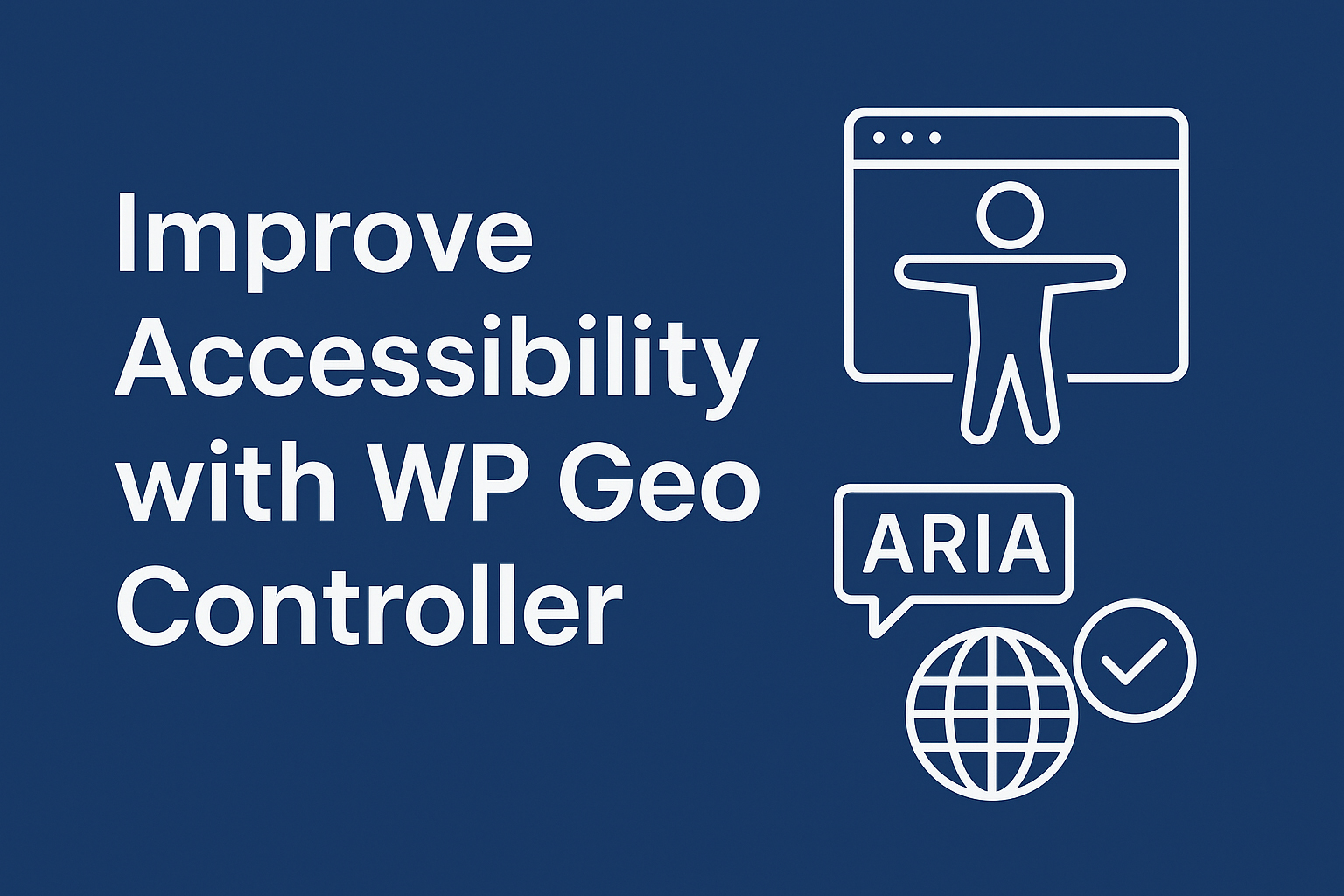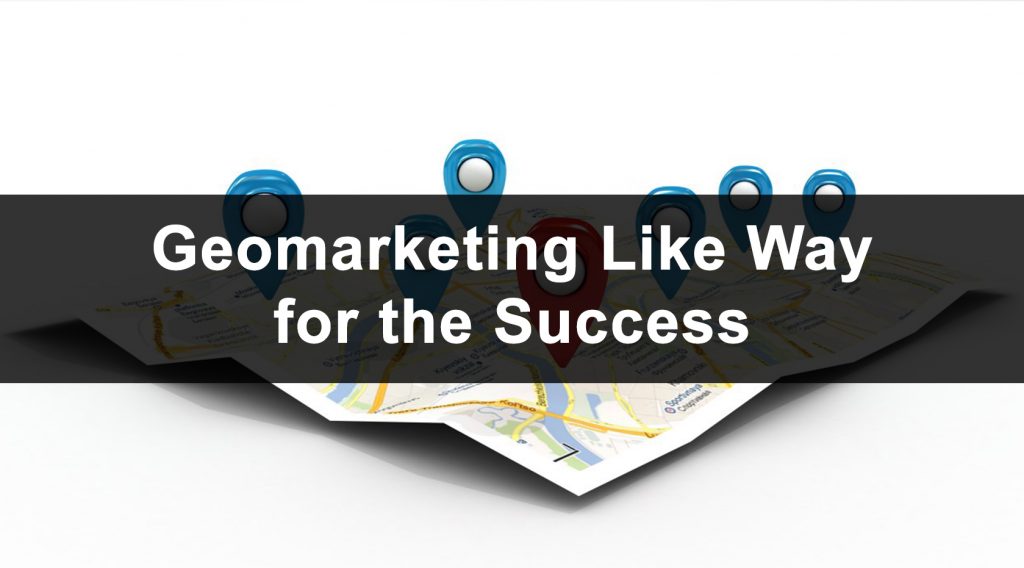Accessibility is no longer optional. With the European Accessibility Act (2025) and a growing number of lawsuits in the US under the ADA (Americans with Disabilities Act), websites that are not accessible to users with disabilities are at serious legal and financial risk.
Accessibility (a11y) means ensuring that all users, including those using screen readers, keyboard navigation, or with visual/motor impairments, can access and interact with your website. For WordPress site owners, this requires careful attention to WCAG 2.1 AA standards.
This is where WP Geo Controller can help. While the plugin itself is not a full accessibility solution, it provides powerful tools to make your geo-based content accessible, avoiding hidden barriers that frustrate users and lead to complaints or lawsuits.
Using WP Geo Controller for Accessibility
1. Accessible Localization and Language Switching
When serving location-based content, never force redirects without user control. WP Geo Controller allows you to conditionally display content by region while still offering a visible language/location switcher.
Best practices:
Add a clear language switcher with accessible aria-labels.
Ensure each page includes the correct <html lang="en"> attribute.
Use hreflang in your SEO settings for alternate pages.
<a href="?lang=en" aria-label="Switch to English">English</a> | <a href="?lang=de" aria-label="Switch to German">Deutsch</a>
2. ARIA Support for Dynamic Geo Content
When WP Geo Controller updates content dynamically (via JavaScript), screen readers may not announce changes. To fix this, wrap dynamic sections in ARIA live regions.
<div aria-live="polite" role="status" id="geo-message"> <!-- WP Geo Controller will replace content here --> </div>
This ensures screen readers politely announce content changes without interrupting the user’s current task.
3. Fallback Alternatives for Geo-Blocked Content
If you restrict a video, map, or offer by location, always provide a text alternative. WP Geo Controller can conditionally display both the blocked element and a fallback message.
[cfgeo include="US"]
<p>This content is only available in the United States.</p>
<p><a href="/contact" aria-label="Contact support for more information">Contact Support</a></p>
[/cfgeo]
This prevents a “dead end” for users who cannot access the blocked content.
~ Find more in the Geo Controller Shortcode Documentation.
4. Accessible Forms and Error Handling
When geo-targeting form fields (e.g., auto-filling ZIP code or country), always include:
Proper labels connected via for and id.
Error messages with aria-describedby.
A manual fallback if geolocation fails.
<label for="user-city">Your City</label> <input type="text" id="user-city" name="city" aria-describedby="city-help"> <small id="city-help">Enter your city if location detection is incorrect.</small>
5. Clear Currency and Unit Representation
When showing localized prices or measurements, don’t just swap values silently. Display them clearly in text:
<p>Price: <span aria-label="25 Euros">€25</span></p> <p>Distance: <span aria-label="10 kilometers">10 km</span></p>
This prevents confusion for screen reader users and ensures transparency.
6. Stable Layout and Performance
Accessibility is not only about screen readers — performance and stability matter.
- Reserve space for geo-dynamic sections to avoid layout shifts (CLS).
- Cache location results where possible for faster page loads.
- Use progressive enhancement: load essential content first, then apply geo-based personalization.
Accessibility Checklist with WP Geo Controller
Before publishing, make sure your geo-based content respects WCAG 2.1 AA:
✅ Semantic headings and landmarks (<header>, <main>, <nav>, <footer>).
✅ Clear focus styles for keyboard users.
✅ Color contrast ratio ≥ 4.5:1.
✅ Alt text for all images.
✅ Fallback text for geo-blocked sections.
✅ ARIA live regions for dynamic updates.
✅ Visible and accessible language switchers.
Final Thoughts
WP Geo Controller is not a replacement for a full accessibility audit, but it can close critical accessibility gaps in WordPress websites that rely on geolocation, localization, and conditional content.
By combining geo-targeting with WCAG best practices, site owners can deliver inclusive experiences while reducing the risk of lawsuits under ADA, EAA, and other accessibility laws.
If you want your WordPress website to be both geo-smart and legally safe, start by implementing accessibility practices with WP Geo Controller today.



